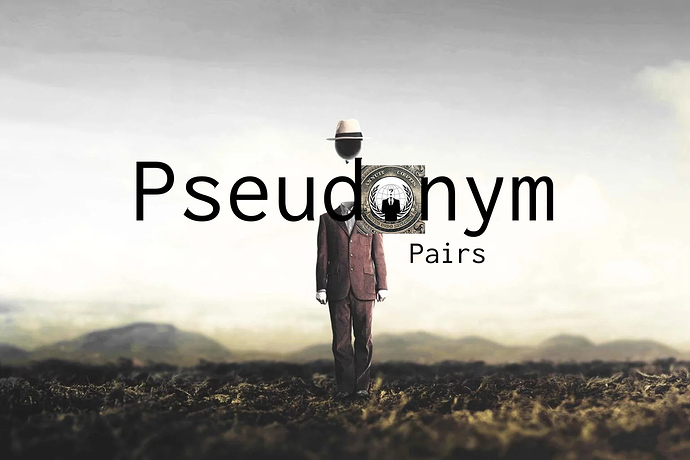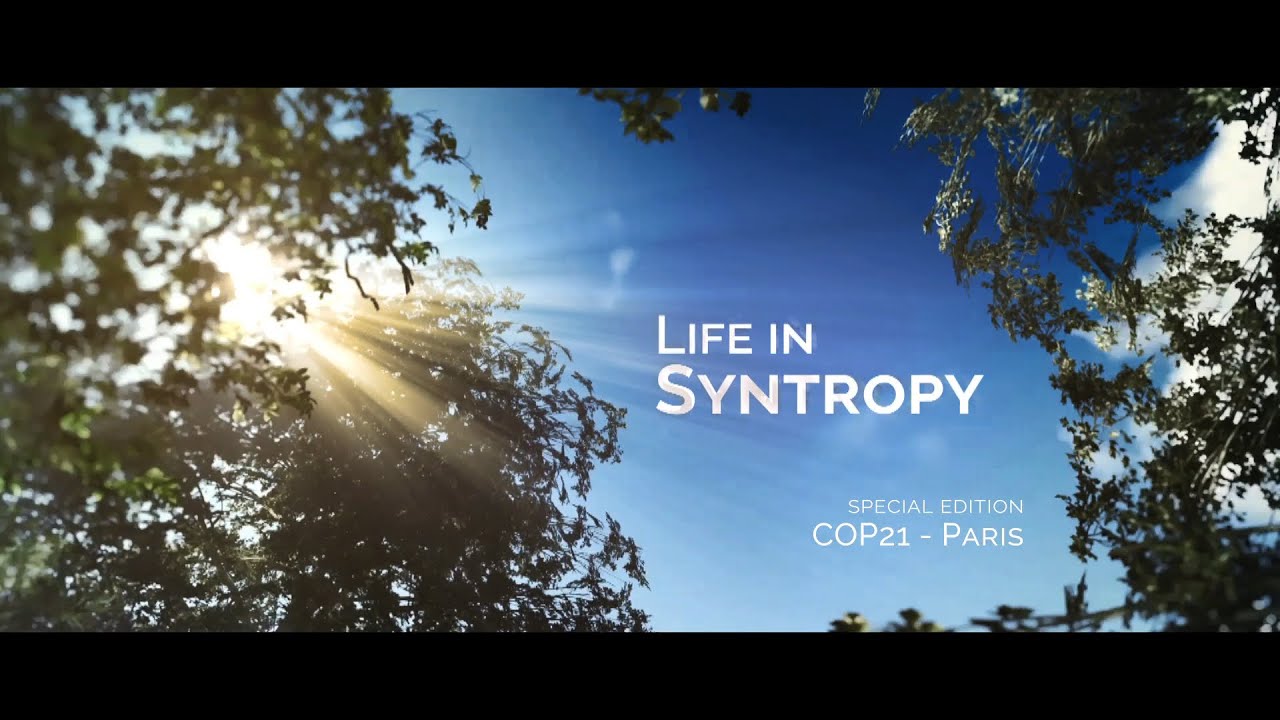Thanks for these references to Ryan’s papers Joan.
Paul wrote "Interesting thing about Ripple: neither @mwl nor Ryan Fugger describe it as mutual credit, but the Trustlines documentation does (Trustlines is basically Ripple on Ethereum). Could create a lot of controversy if we wanted to talk about the distinctions; am I right, Michael? "
Sorry - Paul’s comments rang true, so I confirmed them. But I now recall (quite vaguely) that when Ryan showed me the first version I asked (quite firmly) that he take my name off it.
IOU means I Owe You - in which frame A’s transfer to B is NOT considered payment and a debt still exists. Which is NOT money as I know it - it’s just another form of debt-factoring.
And I consider that LETSystems (and other such form of mutual commitment) are money, issued by users. No debt happens.
The problem is compounded when the interests of those in “credit” are presented as entitlement to be paid, and applicable (in theory) to any on the negative side of the ledger.
For me that breaks autonomy, accountability, choice, contribution, pattern, purpose, ethics and adds in reification of risk and accelerates extraction. Ryan’s idea seems to me about getting what he wants out of community, not about supporting it.
On “true implementations” of an “incredible invention” I think in the word “incredible” shows much of the problem. Ryan didn’t (and likely still doesn’t, nor cares to) really understand what LETSystems are about, how they work and why. So he fixed what for him was a problem. That’s ok in general principle of course but in particular practice it can be less so, and here I see Ripple as degenerative rather than evolutionary.
But I do agree Joan that all sorts of useful things can be done by simple peer-to-peer messaging.
Money is a patterning technology. Now, do we want our money entropic or syntropic? https://psychology.wikia.org/wiki/Syntropy



 Incredible invention. I see it as one of the most important inventions of this century. It is a bit strange that there isn’t any true implementation of it yet though. Since it can operate with just simple peer-to-peer messaging.
Incredible invention. I see it as one of the most important inventions of this century. It is a bit strange that there isn’t any true implementation of it yet though. Since it can operate with just simple peer-to-peer messaging.